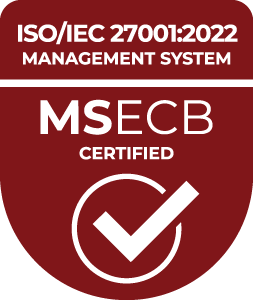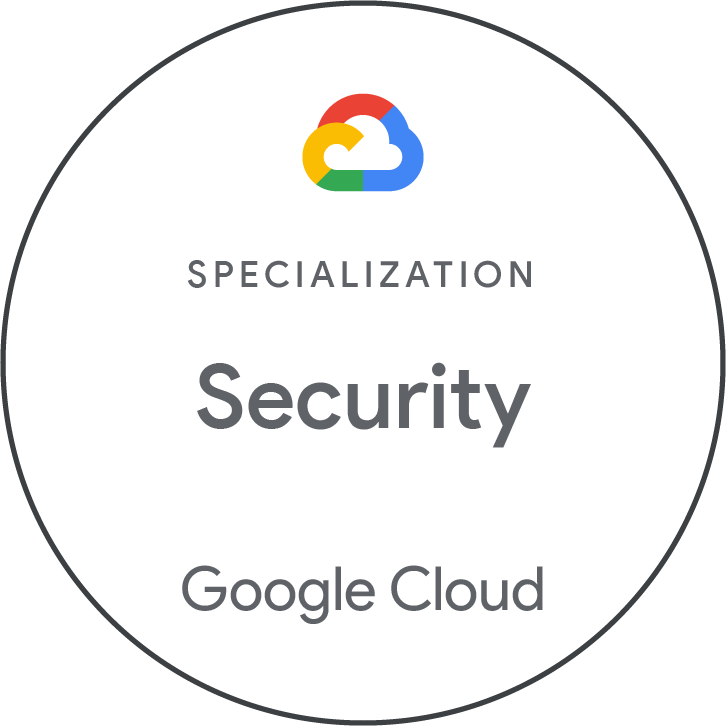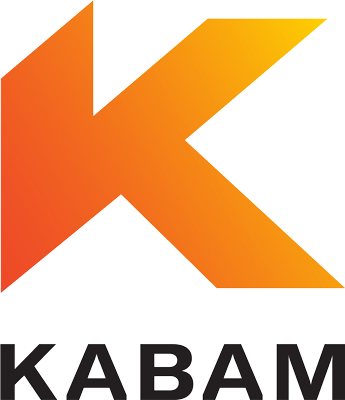Shift Your Focus From Worrying to Growing Your Business With Cloud Security Solutions

KEEP YOUR CLOUD DATA, APPLICATIONS, AND USERS PROTECTED, ALWAYS
Protect customers with a robust cloud security strategy that builds trust. Draw upon best practices from data-sensitive industries including finance, government, and healthcare.
Reduce risk with modern security tooling and cloud security posture management (CSPM). Every data entry point is accounted for, every user verified.
Secure attack surfaces, and detect data breaches and correct misconfigurations at scale. Fortify every stage of the development process with safeguards and automated compliance.

ENTERPRISE-GRADE CLOUD COMPUTING SECURITY SOLUTIONS
SADA's industry-leading security experts stand at the ready to help you prepare and fortify your organization against any threat. With our Security Confidence Program, you'll isolate new attack vectors, stay on top of shifting regulatory landscapes and compliance standards, and rest assured that your cloud data, your customers, and your business are safe.

Dramatically reduce risk with continuous monitoring of your cloud security posture and cloud asset inventory.
Apply verification at every data entry point to secure external attack surfaces and protect employee accounts.
Detect and contain breaches and correct misconfigurations more efficiently with modern security tooling.
Protect customers, applications, and infrastructure more efficiently with intelligent user protection.
Catch misconfigurations before they're even deployed to reduce risk automatically.
Release products with higher assurance and increased velocity by implementing security tooling as part of the software design lifecycle.
Implement proper data governance tooling to drive more effective business intelligence.
Provide additional layers of protection around sensitive cloud assets with proper access security controls.
Security Offerings
Secure your business with SADA Managed SecOps
Protect your cloud environments with SADA Managed SecOps, which includes 24/7 threat monitoring and rapid responses to threats, so you can focus on what matters most—growing your business.
- 24/7 threat monitoring. Stay protected around the clock with continuous surveillance.
- Rapid incident response. Swift action neutralizes threats and minimizes impact.
- Expert security team. Leverage the expertise of seasoned cybersecurity professionals.
Stay ahead of the threats: Boost your confidence in your security posture
Engage with SADA to assess and strengthen your Google Cloud security posture to protect your data, your customers, and your teams from evolving threats.
ESTABLISH YOUR SECURE CLOUD ENVIRONMENTS WITH OUTCOMES-FOCUSED SOLUTIONS
No matter your industry, security threats like phishing, ransomware, and denial-of-service (DoS) attacks are not to be taken lightly. When it comes to security, you need champions who have your back.
That’s where SADA comes in with industry-leading security experts who can design a solution for any threat profile.
| COMMON CLOUD SECURITY CHALLENGES | Solution outcome with SADA |
|---|---|
| Maintaining a proactive rather than reactive stance against cyber attacks | Tools and processes are deployed using automations and monitoring to continuously protect your organization against vulnerabilities. |
| Meeting compliance requirements in a timely and cost-effective manner | Compliance is easily managed with fully implemented policies and cloud-native procedures. |
| Attracting and retaining new business that expects top security standards | Your customers will rest assured knowing that you have a comprehensive cybersecurity program. |
| Eliminating single points of failure that impede your business operations | Operational efficiency is improved by offloading manual activities with new automated workflows, meaning your resources are free to concentrate on core business objectives, not unnecessary toil. |
White paper: HOW TO SECURE AI
Discover the evolving security landscape and how to fortify your AI implementations.


Mobile gaming leader Kabam levels up defenses with security deep dive
Learn how SADA helped Kabam target critical security issues, baseline their security against the overall software industry, and plan their roadmap for future security configurations.
What we're up to
LET'S TALK
Our expert teams of consultants, architects, and solutions engineers are ready to help with your bold ambitions, provide you with more information on our services, and answer your technical questions. Contact us today to get started.
CLOUD SECURITY FAQ
What is cloud security?
Cloud security refers to the set of policies, procedures, and technologies designed to protect data, applications, and infrastructure in cloud computing environments. Cloud computing offers a range of benefits, such as scalability, cost savings, and accessibility, but it also presents unique security challenges. Cloud security is essential for ensuring the confidentiality, integrity, and availability of cloud-based resources.




